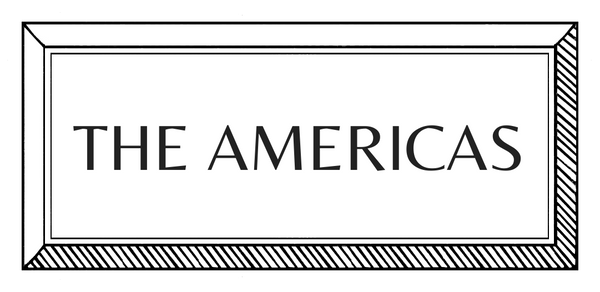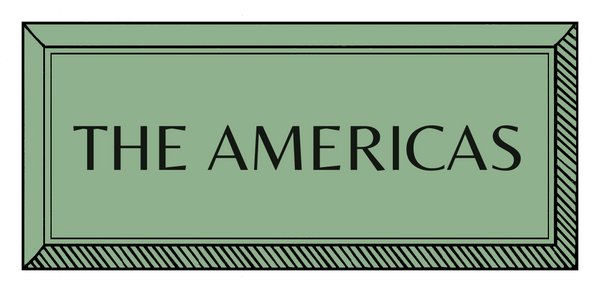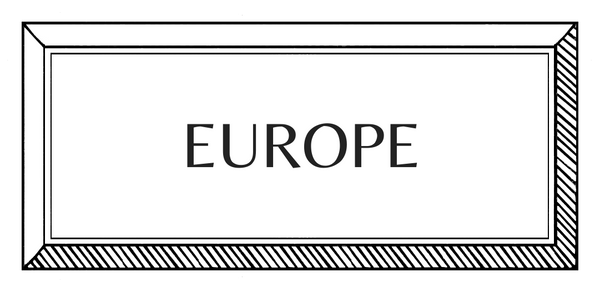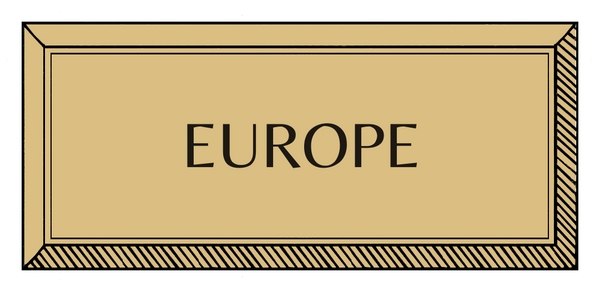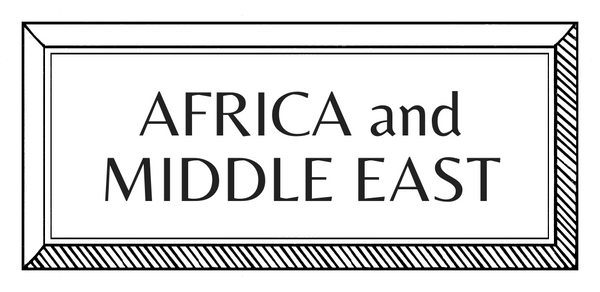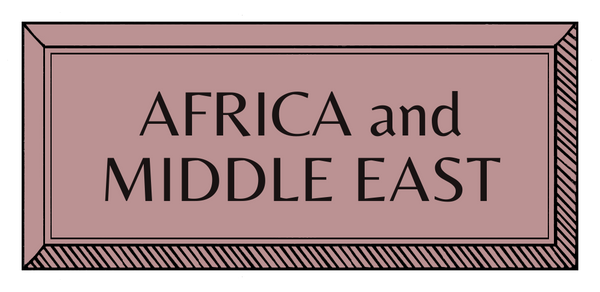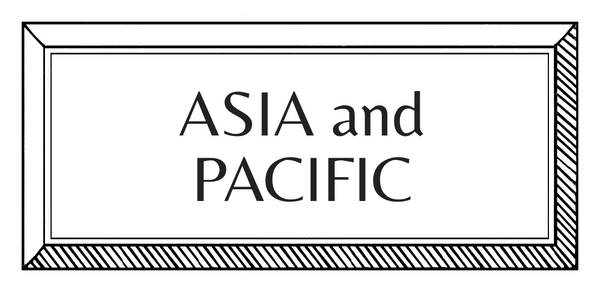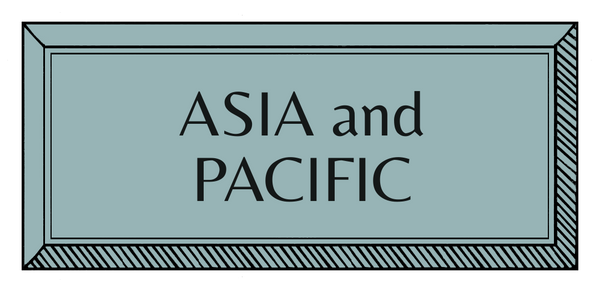MAKERS | ASIA PACIFIC | KOREA | LEATHERWORK
Dahyeon Yoo | Leatherworker

Korean-born and based leather artisan, Dahyeon Yoo, values the preservation of traditional Korean crafts, and sees the wear of time on natural materials as a mark of beauty rather than imperfection. Her artisanal name, Debaroun, is a compound of the Korean words DEBA, meaning 'following the sense of the hand', and ROUN, meaning '-like' – a philosophy that guides her practice.
How did you begin?
I originally worked as a CG effects artist in the digital field in the film industry. I spent most of my life in front of a computer, which eventually led to a burnout and I decided to resign. After quitting my job, I took a year off to travel around the world, and while traveling through Europe, South America, and Oceania, I encountered handcrafted items created by indigenous people and artisans from various countries. This experience deepened my appreciation for the beauty of analog work done with hand-touch and changed my perspective on life. Since then, I became more interested in traditional Korean crafts and started to re-think on their value and beauty. After returning to home, I made the decision to pursue a career in an analog profession. Because I’ve always admired the leather materials, I naturally started exploring leather crafting.
How did you learn?
With a deep understanding and affection for the characteristics of materials, I started creating handcrafted works with harmonized lines, surfaces and natural curves. I learned and studied the technique of traditional weaving and knots of Joseon Dynasty under the guidance of the director of the Grass & Straw Craft Museum, since I wanted to apply creative techniques and diverse materials into leather crafting to make innovative works.
The process begins with a thin cord, which is twisted or braided. Although each individual strand is fragile, I was fascinated by how it becomes incredibly strong when woven together. Using a leather cord as a base, I had the feeling that I'm weaving through time by reinterpreting the traditional 'Bakdawi' technique to modern use. 'Bakdawi' is a type of cord used by peddlers in the Joseon Dynasty, crafted into long, strong ropes to secure heavy loads. It is made by twisting and braiding thin cords, with horizontal and vertical strands interwoven twice, making it exceptionally detailed and strong. The process, which wastes nothing and incorporates time in an honest and respectful manner, is beautiful.

Who or what most influences your work?
Before machines, our hands held deep wisdom. I am profoundly inspired by traditional Korean folk crafts, which are rich in beauty, imbued with warmth, and carry valuable life lessons. In studying straw weaving, I sought to reinterpret the intricate weavings of various folk crafts through leather, and as I refined my skills by working with folk art pieces, I gained a deeper understanding of their underlying principles.
As a life philosophy, I believe in cherishing the beauty of the old and reviving the value of worn things that bear the weight of time. I create objects that exist in harmony with nature – pieces that grow in value as time passes.

How do you plan, prepare, and create?
What I value the most in my creative process is achieving the elegant curves with restrained decoration. I'm constantly asking myself, Would I want to own this? This mindset forms the foundation for creating meaningful work.
I also carefully select the right vegetable-tanned leather, a material often associated with the word natural. By bearing the wrinkles and marks it acquires over time, it becomes not flawed, but beautiful.
My work initially focused on leather cases, inspired by the integration of tea culture. I believed it was the perfect medium for experiencing the elegant beauty that evolves beautifully with time through use in everyday life. Leather has been the most suitable material for protection for long time, so I wanted to create a case that could safely store tea tools. Over time, I began to think about creating a variety of other handcrafted items that could be used in everyday life, based on the qualities of leather. Currently, I am envisioning more versatile woven objects, and expanding my artistic philosophy and body of work though it.
What does a typical day look like?
In the morning, I take care for my plants and choose music that fits my mood. Then, I start my day with a cup of coffee, enjoying it with my husband who works from home – this is the time I cherish most. After that, I manage my time flexibly, usually starting with yoga before diving into work. What I value the most is the precious ordinary day in which I can find my own sense of freedom within the routines I repeat every day.
One more thing… A place or space that most inspires you?
My studio is occupies the upper floor of my home, meaning my home is also my workplace. I believe that the working space – where I spend most of my time – must be beautiful and enriching. Whether large or small, having a personal space that reflects my tastes is important as the space can become my own universe.

Interview by Lucrezia Lucas
Images from Dahyeon Yoo, Sol Kwon and Sungjun Park













